Politics
Southeast Asian Leaders Set for China’s WWII Parade on September 3
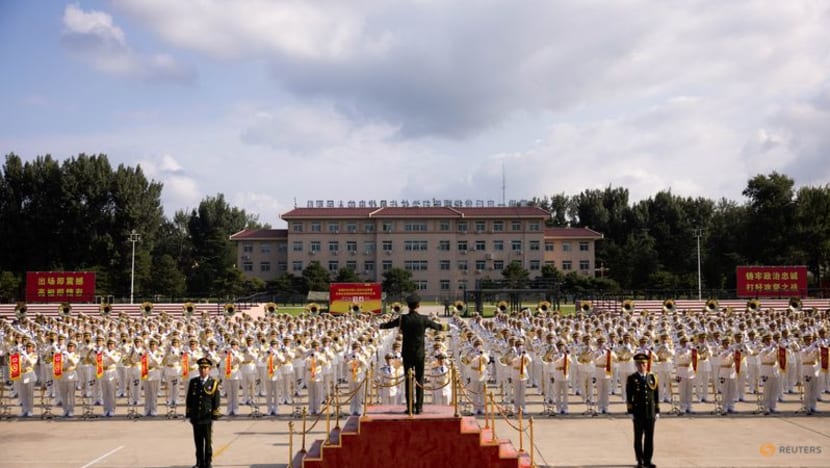
As China prepares for a grand military parade on September 3, 2025, to commemorate the 80th anniversary of the end of World War II, a significant turnout of Southeast Asian leaders is anticipated. This event is set to be marked by impressive displays, including armoured columns, aerial flyovers, and troop march-pasts at Tiananmen Square in Beijing. The presence of top officials from Indonesia, Malaysia, and Vietnam signifies a notable shift in diplomatic engagement, with these leaders expected to attend at the highest levels for a People’s Liberation Army-led (PLA) event.
Reports indicate that leaders from Cambodia, Laos, and Myanmar will also participate after attending the Shanghai Cooperation Organization (SCO) summit in Tianjin just days before. This marks the first time that three of Southeast Asia’s largest economies will be represented simultaneously at such a high-profile ceremony. Analysts believe that this attendance underscores China’s strategic aim to foster regional solidarity and legitimacy in the face of growing tensions with Western nations.
The military parade serves multiple purposes for China. It is not only a remembrance of wartime sacrifices but also a platform for demonstrating military strength and projecting influence across Asia. According to Jonathan Ping, an associate professor at Bond University, the participation of Southeast Asian leaders signals goodwill towards China, promoting regional stability while navigating domestic political considerations.
Regional Dynamics and Diplomatic Calculations
The participation of these leaders comes at a time when the political cost of attending such events is perceived to be lower than in previous years. In 2015, when China last held a full-scale Victory Day parade, concerns over territorial disputes in the South China Sea led many Southeast Asian nations to opt for lower-level representation to avoid appearing to endorse China’s military posture. Today, the commemorative nature of the parade allows regional leaders to engage with China while minimizing potential backlash from domestic opposition parties and public opinion.
Ping emphasizes that this year’s event provides an opportunity for Southeast Asian economies to strengthen ties with China without significant political repercussions. The current geopolitical climate, marked by intensified Sino-U.S. rivalry, has made China an increasingly vital trade and investment partner for these nations, especially as they navigate the challenges posed by post-pandemic recoveries and U.S. tariffs.
Despite the appeal of engaging with China, leaders must also consider their longstanding relationships with Japan, which remains a key economic partner. Ping notes that while leaders may seek to enhance ties with China, they must balance this with the need to maintain robust relations with Japan, a significant foreign investor and trading partner in the region.
Anticipation and Implications of the Parade
The upcoming parade is poised to attract a diverse array of international leaders, with invitations reportedly extended to multiple countries. Confirmed attendees include Russian President Vladimir Putin, while several European leaders are also expected. The guest list, however, has not been officially released, leading to speculation regarding the attendance of Indian Prime Minister Narendra Modi. His presence would draw considerable attention given the complex state of China-India relations, particularly following a deadly border clash in 2020.
Analysts suggest that whether Modi attends the parade will carry significant diplomatic weight. His participation could signal a thaw in relations, while his absence might indicate ongoing caution in New Delhi’s approach to Beijing. Recent discussions between the two nations hint at a desire to stabilize ties, focusing on trade and border issues.
The military parade, scheduled for September 3, will showcase China’s latest military hardware, including advanced weaponry. This display is not merely for show; it signals China’s growing military capabilities and its commitment to maintaining its influence in the region. The PLA’s exhibition is often viewed as a reflection of China’s strategic ambitions, particularly in the context of its historical narrative surrounding World War II.
As the world watches, the optics of the parade are likely to have lasting implications. Observers note that the event serves as a gateway for diplomatic engagement, allowing leaders to hold discussions with Chinese officials on trade, investment, and security cooperation. According to Ping, the parade is less about the spectacle and more about the access it provides to meaningful conversations and potential agreements.
In conclusion, while the September 3 parade will last just 70 minutes, its implications for regional diplomacy and international relations may resonate far beyond the event itself. As China seeks to assert its influence, the attendance of Southeast Asian leaders at this event may signify a shift in the geopolitical landscape, showcasing a delicate balance between engagement with China and maintaining historical relationships.
-

 Business5 months ago
Business5 months agoKenvue Dismisses CEO Thibaut Mongon as Strategic Review Advances
-

 Lifestyle4 months ago
Lifestyle4 months agoHumanism Camp Engages 250 Youths in Summer Fest 2025
-

 Sports4 months ago
Sports4 months agoDe Minaur Triumphs at Washington Open After Thrilling Comeback
-

 Sports5 months ago
Sports5 months agoTupou and Daugunu Join First Nations Squad for Lions Clash
-

 Top Stories5 months ago
Top Stories5 months agoColombian Senator Miguel Uribe Shows Signs of Recovery After Attack
-
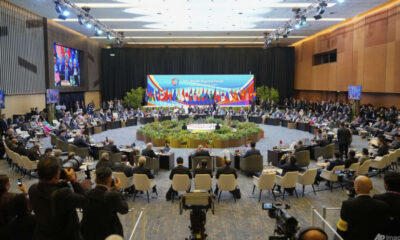
 World5 months ago
World5 months agoASEAN Gears Up for Historic Joint Meeting of Foreign and Economic Ministers
-

 Health4 months ago
Health4 months agoNew Study Challenges Assumptions About Aging and Inflammation
-
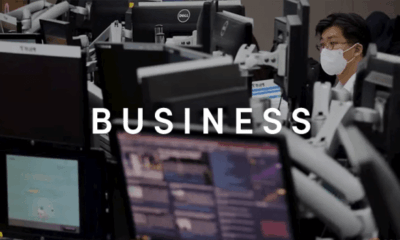
 Business5 months ago
Business5 months agoOil Prices Surge Following New EU Sanctions on Russia
-
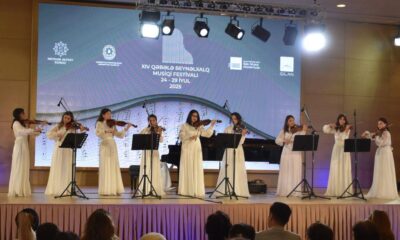
 Entertainment4 months ago
Entertainment4 months agoDetaşe-Sabah Violin Ensemble Captivates at Gabala Music Festival
-

 Entertainment4 months ago
Entertainment4 months agoBaku Metro Extends Hours for Justin Timberlake Concert
-
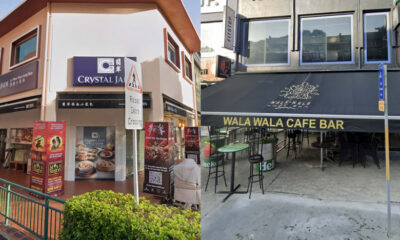
 Top Stories5 months ago
Top Stories5 months agoRethinking Singapore’s F&B Regulations Amid Business Closures
-
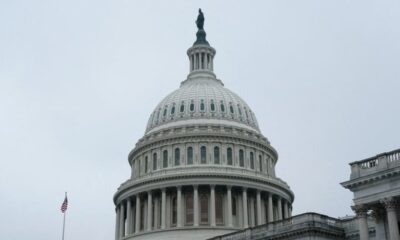
 Business5 months ago
Business5 months agoU.S. House Approves Stablecoin Bill, Sends to Trump for Signature









